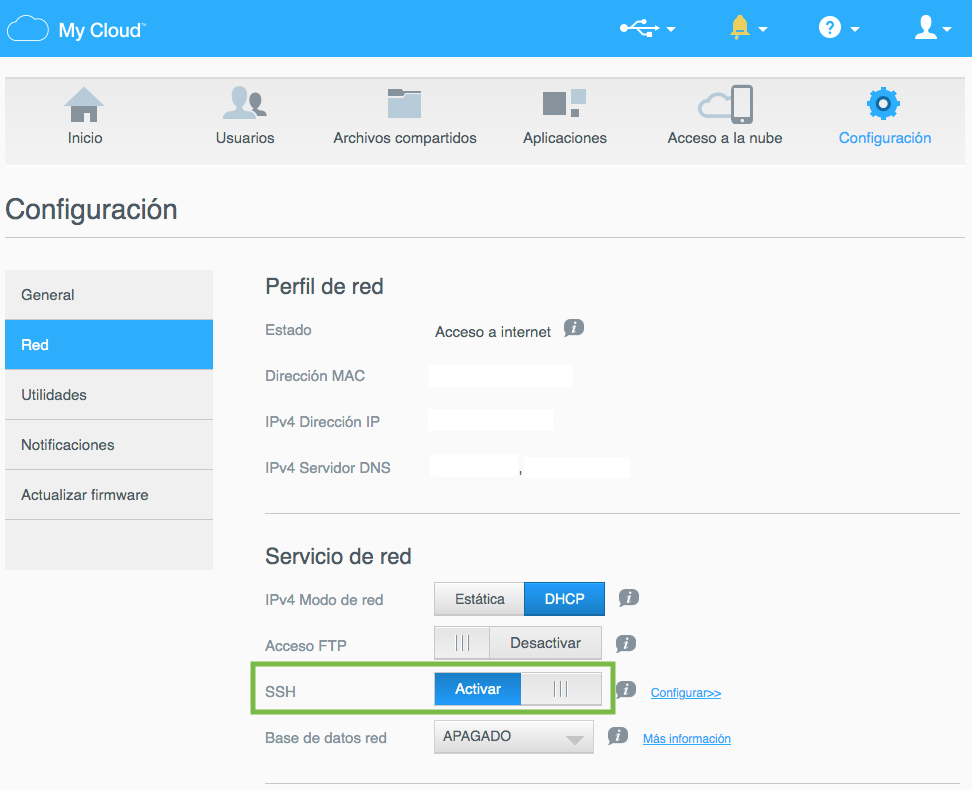

$ sudo vim /etc/ssh/sshd_config RSAAuthentication yes PubkeyAuthentication yes $ sudo cp /etc/ssh/sshd_config /etc/ssh/sshd_config.backup I’m using vim as it’s my favourite editor. If they don’t exist, they should be added. We need to make sure the following lines are uncommented. You can now elevate privileges using the sudo command. First, your user will need to be in the “Administrator” group to elevate privileges.
#Ssh copy to nas update
Update the SSHD config file to allow remote login.
#Ssh copy to nas full
Here is the full hardware list that I recommend. Use ssh/scp to put it on your NAS and add it to a cron job.

(Thanks to Jamie for pointing out my silly copy/paste errors) I have enough backups so that I should always have a copy of my data at least a couple weeks old To help with this, I wrote a script that does my backups. $ chown myork:users /volume1/homes/$/.ssh/authorized_keys $ ssh password: # Correct the permissions on the home directory. The command I want to use is this: rsync -azP SOURCE DIRECTORY admin IP ADDRESS OF YOUR NEW NAS: SOURCE DIRECTORY Thanks. The same question applies to the directory on the source NAS. This is because depending on how your home directory was created, the permissions need to be corrected. The target directory is Movies, that is a subdirectory to Shared Videos, that is a subdirectory to Public. Notice you are still asked to enter a password. Now try logging into the machine, with: "ssh check to make sure that only the key(s) you wanted were added. 409 sound forensic imaging copy receiving, remote NAS device, 413 enable remote console mode, 411 enable remote SSH, 411 LinuxRedhat6.2 VMDK file copy.
#Ssh copy to nas install
usr/bin/ssh-copy-id: INFO: 1 key(s) remain to be installed - if you are prompted now it is to install the new keys $ ssh-copy-id INFO: attempting to log in with the new key(s), to filter out any that are already installed +-+ Copy the ssh key to the Synology NAS. SHA256:gKak7Eza2WkuEETS/8L4tlmbMGS4SP0taPrXGhb1GGY key's randomart image is: NFS and Samba are great solutions for designating file shares but these technologies. Your public key has been saved in /home/myork/.ssh/id_rsa.pub. SSH Filesystem (SSHFS) is a file sharing solution similar to NFS and Samba. Your identification has been saved in /home/myork/.ssh/id_rsa. $ ssh-keygenĮnter file in which to save the key (/home/myork/.ssh/id_rsa):Įnter passphrase (empty for no passphrase): $ Configure SSH keys Generate the SSH public and private key pair. Warning: Permanently added 'yoda,192.168.0.241' (ECDSA) to the list of known password: Attempt to log in from the command line $ ssh authenticity of host 'yoda (192.168.0.241)' can't be established.ĮCDSA key fingerprint is SHA256:9v9azyqMIubJzRlIeJbo45Snr6jkZaRLAC5QGM56jn8.Īre you sure you want to continue connecting (yes/no/)? yes In this example, my Synology NAS hostname is yoda. In order to use SSH, there are a few things you’ll want to configure on your NAS.


 0 kommentar(er)
0 kommentar(er)
